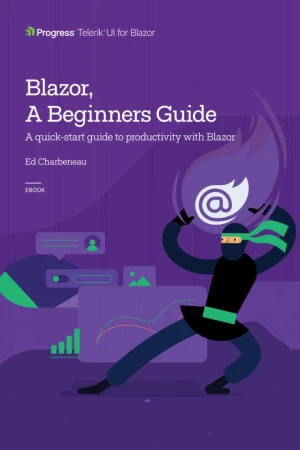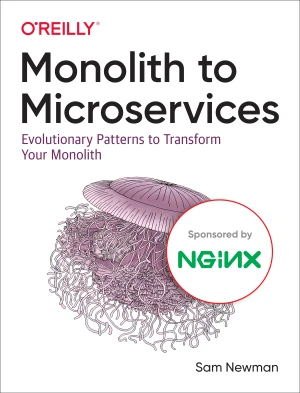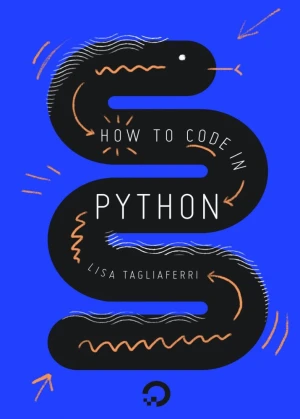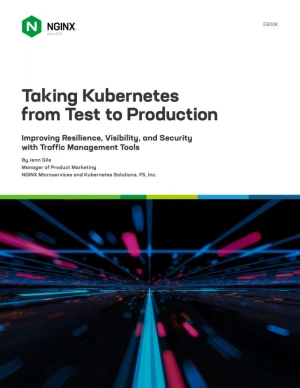Microservices: Up and Running
A Step-by-Step Guide to Building a Microservices Architecture
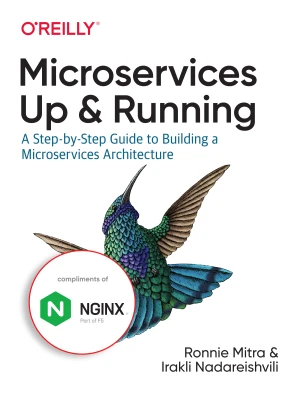

Book Details
| Authors | Ronnie Mitra, Irakli Nadareishvili |
| Publisher | O'Reilly Media |
| Published | 2020 |
| Edition | 1st |
| Paperback | 316 pages |
| Language | English |
| ISBN-13 | 9781492075448, 9781492075455 |
| ISBN-10 | 1492075442, 1492075450 |
| License | Compliments of Nginx |
Book Description
Microservices architectures offer faster change speeds, better scalability, and cleaner, evolvable system designs. But implementing your first microservices architecture is difficult. How do you make myriad choices, educate your team on all the technical details, and navigate the organization to a successful execution to maximize your chance of success? With this book, authors Ronnie Mitra and Irakli Nadareishvili provide step-by-step guidance for building an effective microservices architecture.
Architects and engineers will follow an implementation journey based on techniques and architectures that have proven to work for microservices systems. You'll build an operating model, a microservices design, an infrastructure foundation, and two working microservices, then put those pieces together as a single implementation. For anyone tasked with building microservices or a microservices architecture, this guide is invaluable.
- Learn an effective and explicit end-to-end microservices system design
- Define teams, their responsibilities, and guidelines for working together
- Understand how to slice a big application into a collection of microservices
- Examine how to isolate and embed data into corresponding microservices
- Build a simple yet powerful CI/CD pipeline for infrastructure changes
- Write code for sample microservices
- Deploy a working microservices application on Amazon Web Services
This book is published as open-access, which means it is freely available to read, download, and share without restrictions.
If you enjoyed the book and would like to support the author, you can purchase a printed copy (hardcover or paperback) from official retailers.
Download and Read Links
Share this Book
[localhost]# find . -name "*Similar_Books*"
Blazor, A Beginners Guide
Blazor, A Beginners Guide is intended for developers with some .NET experience. If you're coming from a non-.NET development background, you may learn some .NET basics along the way, but supplemental material around C# and .NET would be of great help to you. The book begins with the author's own perspective on WebAssembly, why it's important to hav
Monolith to Microservices
How do you detangle a monolithic system and migrate it to a microservice architecture? How do you do it while maintaining business-as-usual? As a companion to Sam Newman's extremely popular Building Microservices, this new book details a proven method for transitioning an existing monolithic system to a microservice architecture. With many illustra
Intel Galileo and Intel Galileo Gen 2
Intel Galileo and Intel Galileo Gen 2: API Features and Arduino Projects for Linux Programmers provides detailed information about Intel Galileo and Intel Galileo Gen 2 boards for all software developers interested in Arduino and the Linux platform. The book covers the new Arduino APIs and is an introduction for developers on natively using Linux.
How To Code in Python 3
Extremely versatile and popular among developers, Python is a good general-purpose language that can be used in a variety of applications. For those with an understanding of English, Python is a very humanreadable programming language, allowing for quick comprehension. Because Python supports multiple styles including scripting and object-oriented
Taking Kubernetes from Test to Production
With Kubernetes came many new concepts, particularly around networking and traffic management. Alongside these new concepts were entirely new classes of tools, designed for ephemeral, containerized, and distributed application deployments. In particular, Ingress controllers and service meshes did not exist prior to the Kubernetes era. Nor were Laye
Intel Xeon Phi Coprocessor Architecture and Tools
Intel Xeon Phi Coprocessor Architecture and Tools: The Guide for Application Developers provides developers a comprehensive introduction and in-depth look at the Intel Xeon Phi coprocessor architecture and the corresponding parallel data structure tools and algorithms used in the various technical computing applications for which it is suitable. It

